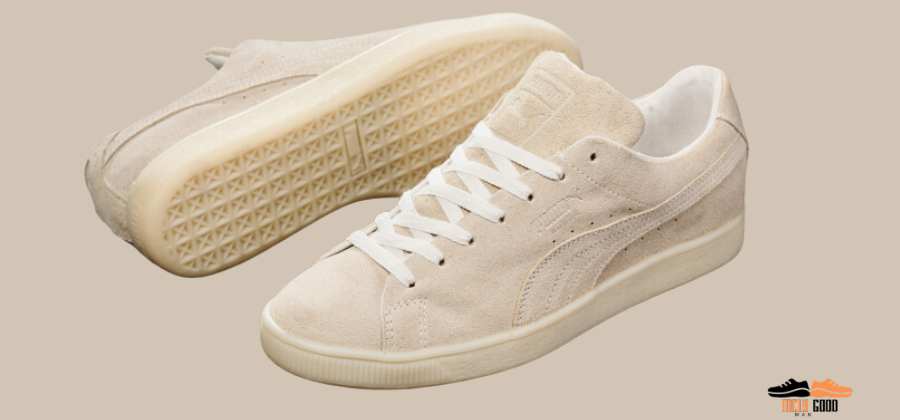
Scientists have discovered a pair of shoes that were found in a Spanish cave. This collection was found in Albuñol Bat Cave in Granada, Spain. It was made by researchers from the University of Alcalá and the Autonomous University of Barcelona, who have been studying 76 objects that were unearthed in southern Spain many years ago.
Key Takeaways:
- The oldest shoes were found in a Spanish cave, 6,200 years old
- 22 pairs of shoes were woven from grass were discovered.
- Early humans were more advanced than previously thought.
- Two styles: woven sole and harder “center core”
- Braids at the ankle to tie them, without laces
- Probably buried with the bodies.
- Significant finding to understand human history.
Dating Shoes
The objects found were baskets, shoes, and organic tools made of cane and esparto grass. By analyzing the materials used to make these objects, the researchers were able to determine that they dated them to an early period between 9500-6200. Researchers say that 22 pairs of sandals woven from grass were discovered in the cave about 6,200 years old and therefore the oldest shoes ever found in Europe.
CNN reports that Spanish archaeologist Manuel de Góngora collected these sandals in 1867 after miners found and looted the burial site 10 years ago.
It is made of grass and other natural materials.
The study identifies two types of Shoes found. One type has a consistently woven sole, while the other type has a harder “center core. “
They do not have laces, but some had a single braid fixed in the middle that could be tied. The same shoes from later periods found in Europe were made from other materials, not just grass.
Significance Level of the Discovery
They also believe that they found these shoes with the Buried bodies and They Thought that It was made specifically for burial purposes.
The study used radiocarbon dating to understand the real age of 76 items, including baskets and 22 shoes made from esparto grass, a type used in crafts throughout the Iberian Peninsula and North Africa for thousands of years.
The ancient shoes show them that early humans might have been more advanced or Fashionable than they think.
Recent research has shed new light and understanding of the history of human civilizations.







